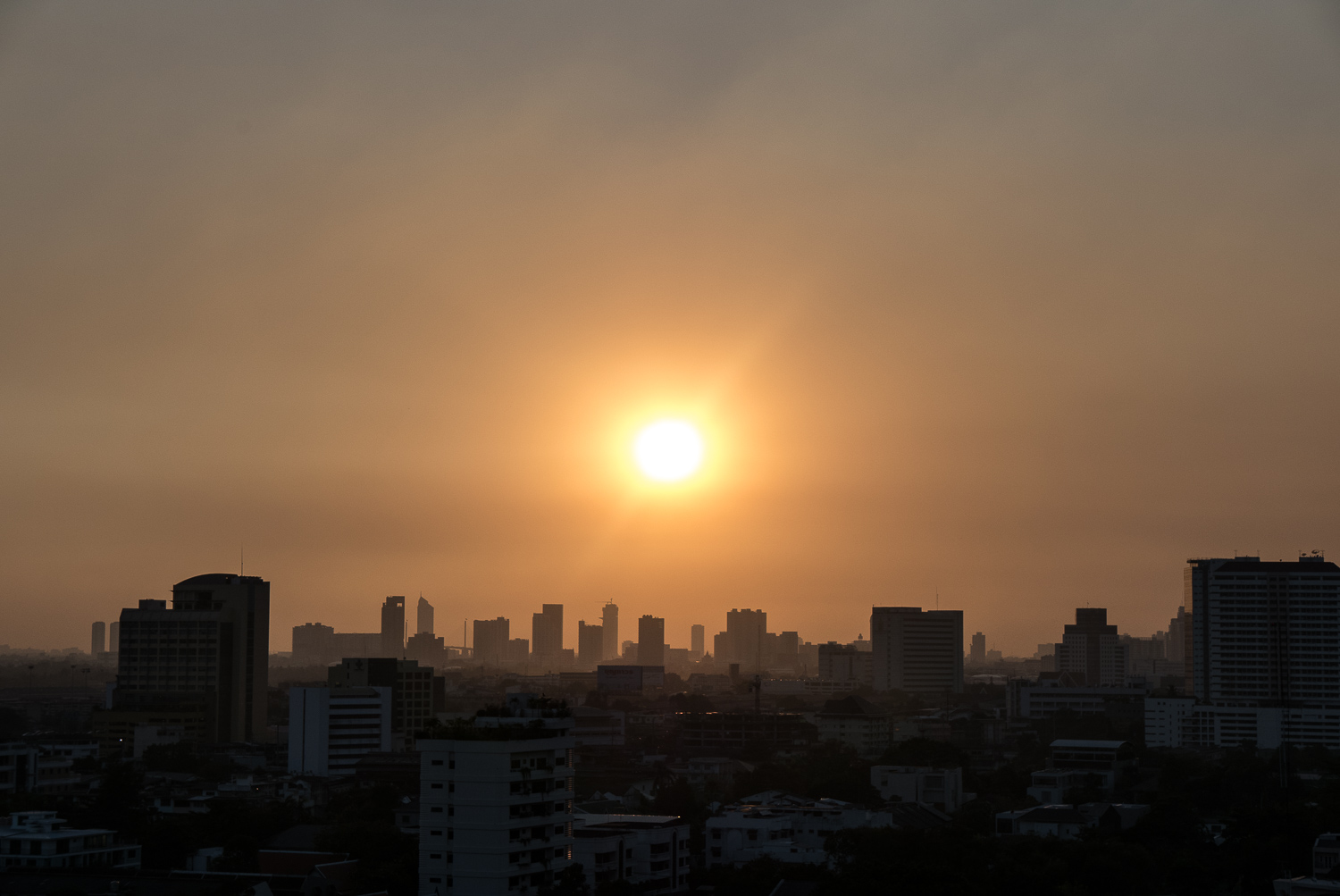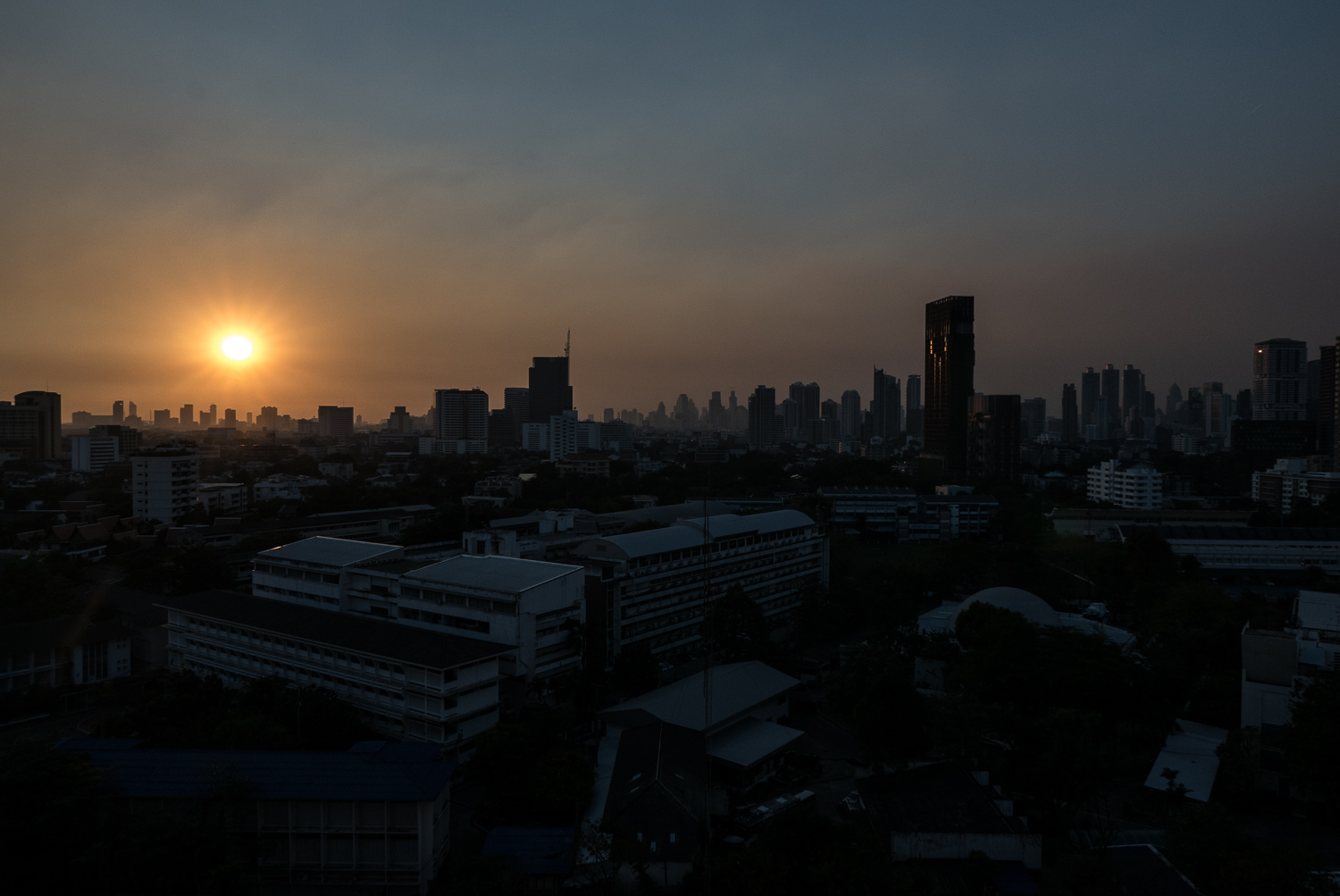LEICA D-LUX (typ 109) User Report - Part 2/2
IMAGE QUALITY
At the heart of the D-Lux lies the new Four Thirds sensor, capable of delivering 13 Megapixels at a very acceptable size of approximately 14MB out of camera in RAW format. That all sounds good on paper but at the end of the day how good are the files? How would I describe them?........Robust!
This is where Leica is really excelling lately, starting with their M240 sensor which has an amazing ability to bring up details in shadows and recover blown highlights, and even colours within those highlights. Together with collaboration using Lightroom, the new Leica D-Lux files offer a very similar performance. In Indonesia I tested the camera’s ability to record a very under-exposed file in order to retain the highlights. In an ideal situation I’d be using a tripod and combining images but for many, this isn’t possible so I really wanted to push the D-Lux and see just how pliable the files actually are. I was at a lookout point at around 4:30am shooting the sunrise over Mount Bromo in East Java. The screenshot shows the original file, then the file after 30seconds of tweaking.
Before and after quick edit in Lightroom
Shot at 24mm at 1/125sec using f/5.0 aperture at ISO 200 handheld
Before and after quick edit in Lightroom
Shot at 50mm at 1/250sec using f/4.0 aperture at ISO 200 handheld
I’m often still asked whether I think digital is better than film, and here is a classic example of my answer. While I don’t describe digital as being ‘better’ than film, I always describe it as being much more flexible and in many ways much more realistic than film, at least 35mm film.
I only spent around 1.5 hours at Mount Bromo which is very little considering I spent 5 hours total travelling there and back from where I was staying in East Java. Needless to say I was very happy with the results when I processed the images. What I like most about the files coming from the D-Lux is there very natural, slightly grainy look. I’m not talking about noise, but the look of the files. They seem to have all the benefits of a robust digital file but with a slightly film-look to them. This means they’re especially great for Monochrome conversions and I think the character of the files will appeal to a very large audience. I’m pretty sure it has something to do with the Micro 4/3 sensor and this proves it was a great choice for this camera, at least until they find a way to make a full frame sensor work in a future D-Lux.
Shot at 70mm at 1/4000sec using f/11 aperture at ISO 200 handheld
Shot at 50mm at 1/4000sec using f/11 aperture at ISO 200 handheld
shooting into strong light sources like the sun, the D-Lux does an amazing job at retaining contrast. I was very happy with the results in these situations. Considering this is a 24-75mm f/1.7-2.5 (35mm equivalent lens) this is really amazing as many high quality fixed lenses cannot and do not perform this well. Placing the sun in the centre of the frame helps eliminate most signs of flare, if that’s what you prefer. Below shot taken of Bangkok Sunset at 24mm and at 75mm
Small white balance issues aside I love the colours from the D-Lux. They’re very natural in ‘standard’ mode and allow for some nice tweaking in Lightroom for those after slightly more punchy looking pictures. Skin tones are very accurate with a little ‘minus orange saturation’, though I hope Leica looks to fix this in future cameras. At least it’s consistent with the Leica M.
Shot at 75mm at 1/1000sec using f/2.8 aperture at ISO 200 handheld
Shot at 28mm at 1/2000sec using f/5.6 aperture at ISO 200 handheld
Shot at 75mm at 1/2000sec using f/5,6 aperture at ISO 200 handheld
IN THE FIELD
In the field, it’s been mostly good but with a few frustrating situations. Firstly, the battery life is excellent. On estimation I’d say it’s good for around 250-300 pictures with full EVF use and occasional LCD playback. Over the last 2 months I’ve never needed to charge the battery in a hurry so I’d describe the battery life as very good to excellent, and slightly better than the industry standard for compact cameras.
Focus as noted earlier is quick and precise which is always a reassuring thing to know after the first outing shooting. As I don’t use the exposure meter in the camera, I can’t comment on it’s accuracy, but I do know that it would be like 99.9% of cameras on the market – good but it can’t get it right all the time, because it can’t guess what you’re thinking or what you’re seeing. A camera measures reflected light, and not ambient light so it will never be trustworthy, in my humble opinion. Exposure accuracy is also very individually subjective as everyone’s opinion of ‘correct exposure’ differs.
Shot at 75mm at 1/1000sec using f/2.8 aperture at ISO 200 handheld
Shot at 75mm at 1/1000sec using f/2.8 aperture at ISO 200 handheld
Shot at 75mm at 1/1000sec using f/2.8 aperture at ISO 200 handheld
One feature I really liked was the ability to use the zoom lever to control the zoom in steps according to commonly used focal lengths. Using the lever I was able to toggle between 24mm, 28mm, 35mm, 50mm, 70mm and 75mm – though I’m really not sure why there was a need to include the 70mm step. The option to assign this to the manual focus ring on the lens is also available, but after trying it, I felt it was too easy to knock by accident and change focal lengths unknowingly.
Happy with the way colours are rendered with mixed lighting
Shot at 24mm at 1/500sec using f/4 aperture at ISO 200 handheld
Shot at 28mm at 1/500sec using f/2.8 aperture at ISO 200 handheld
Provided you pre-focus, capturing action is a breeze with the D-Lux as there is no lag other than focusing, but this foes bring me to my one major gripe with this camera. Other than the lag from on/off to shooting, which is about 2 seconds and close to the industry standard, I was frustrated with the lag when using the EVF, and the lag from viewing pictures and menu to shooting again. It can takes 1-3 seconds from viewing a picture or changing a menu option to actually being able to operate the EVF again and start shooting, and this can be a real problem if you're not being careful in the field. Planning ahead and understanding the weakness of your camera is also part of the photographer's responsibility too. We are still the operators and responsible for the final results, so it is important to pre-empt such situations and ensure we are not (so) limited by our tools......having said that, it would be nice if Leica could fix this in a firmware update, or at least improve the speed.
LOW LIGHT PERFORMANCE
I am shocked! That’s probably the best way to describe my feelings about this camera’s performance in low light. Firstly, I focuses very accurately and with good speed as long as there’s some contrast to focus on. Secondly, the noise performance is outstanding, even for a full frame camera, especially compared to my Leica M.
From ISO 1600 it matches the Leica M and from ISO 3200-6400 it actually exceeds it. I’m sorry I don’t have side by side comparisons but I don’t do those kinds of reviews, in case you haven’t noticed, so you’ll have to take my word for it. The reason why it exceeds the M is due to the fact that the M suffers from banding in certain lighting conditions due to the frequency of the light, and underexposure. Luckily, the Micro Four thirds sensor in the D-Lux handles low light like a champ, and combined with a little noise reduction in Lightroom, the files look outstanding. Below is a shot take with friends in Singapore and you can see how good the file already looks at ISO 1600. Colours with a little tweaking are accurate and there's no sign of noise. The only thing I could have done to improve this picture would be to add some fill flash, but I'm still very happy with the result. if you're curious as to why I would add flash to this scene, see my 'What Photographers are NOT considering when using HIGH ISO' article
During my recent ‘Mastering Low Light’ Workshop in Bangkok, I even put down my M as I had enough faith in the D-Lux to pull off the job with ease, and the results I achieved were no lesser pictures than those I had taken from previous workshops with the M. I shot up to ISO 3200 and the files look great with little noise reduction, and colours are much better than I expected.
CONCLUSION
Aside from the AWB instability, orange colour saturation, and lagging issues, the D-Lux has really impressed me. The fast zoom lens, compact body, great image quality and low light performance combine for a very attractive package and have proven to be adequate for my professional and personal needs. There are some out there that may be questioning the camera’s validity to carry the ‘Red Dot’ due to the fact that it is made in Japan. Putting aside that for a moment, I think it’s pretty clear that the output from this camera’s lens and sensor have earned not only the Leica badge but a solid spot in Leica’s lineup.
Leica enthusiasts can often be a little too….’ridiculous’ is the word, when it comes to everything and anything Leica. So much so that I’ve recently heard of Leica forum/group members being told they’re not allowed to post D-Lux pictures because the camera isn’t made in Germany, and therefore NOT classed as a ‘real Leica’. Well to those who feel the need to segregate and discriminate by a photographer’s camera of origin within a recognised brand, please show me where this camera falls short on being a ‘real Leica’. The Leica D-Lux carries the all the things that have made Leica great since the company’s inception and certainly withstood all I threw at it over the last couple of months. Sure it isn't the workhorse and solid piece of brass my M is but it is small, well made, delivered excellent image quality and was realiable. What is ‘un-Leica’ about that? …….nothing.
Shot through plane window of the Swiss Alps at 75mm at 1/250sec using f/4.5 aperture.
At this point I’m still undecided if the D-Lux will maintain a permanent position inside my Wotancraft Ryker bag (shameless plug), but I do know I’m giving it a good run through and will continue to as long as Leica let me hold onto it. So is it for you? Why don’t you stop reading reviews and try one for yourself at a local dealer and decide for yourself!?!
For more information on the Leica D-Lux (typ109) visit Leica’s official website.
Leica D-Lux (typ109) and Leica M (typ240)


